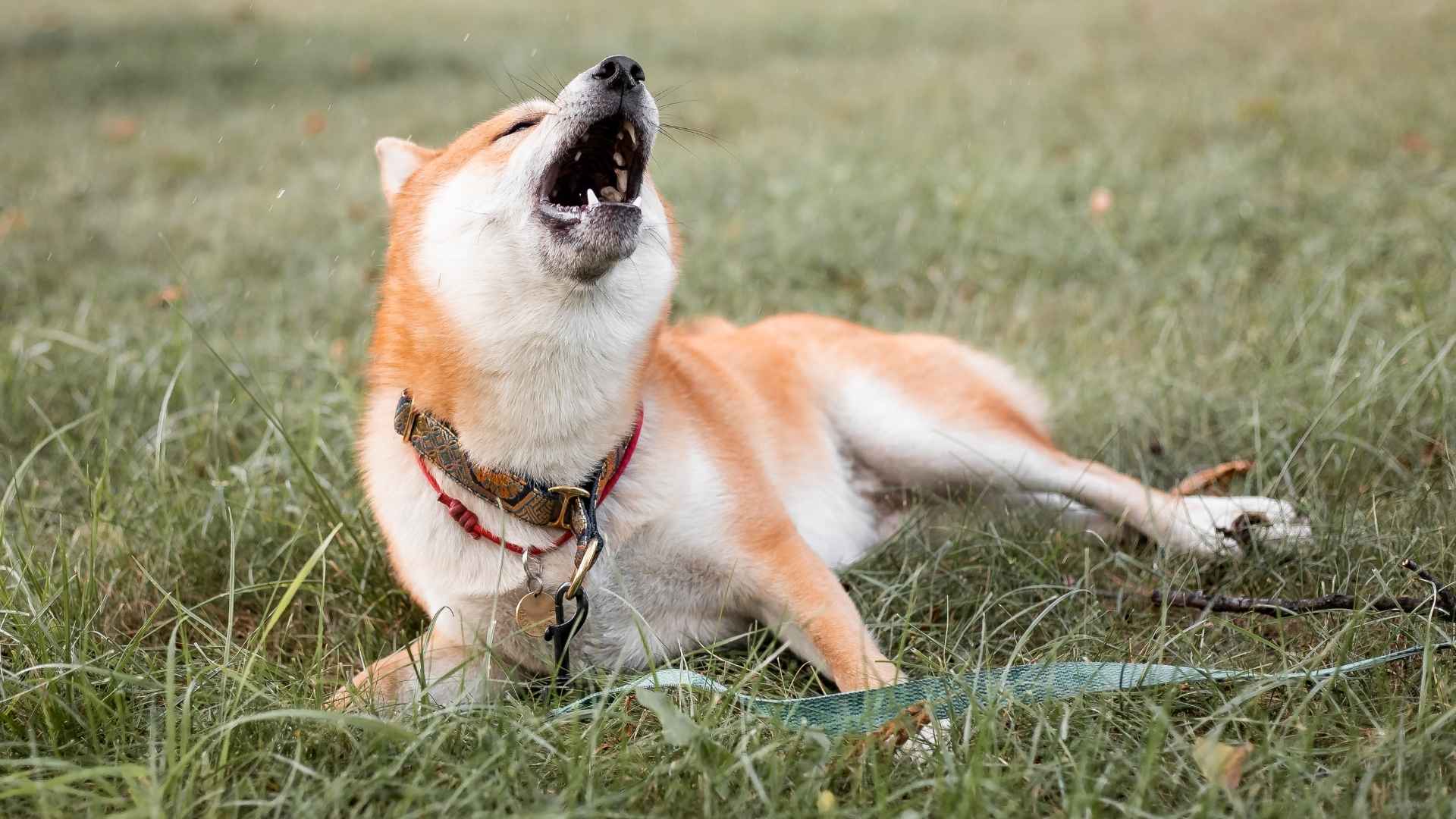Somewhere in the still of the night, a long, mournful howl breaks the silence. Is it a wolf calling its pack? Nope—it’s your dog, standing proudly on the couch, serenading the moon like a canine opera singer. But why do some dogs howl like they’re straight out of a werewolf movie while others stay silent?
Dogs that howl often share something fascinating in their DNA. Studies by AKC suggest breeds closely related to their wolf ancestors are more prone to howling, using it as a form of long-distance communication. But it’s not just about ancestry—dogs may howl to express emotions, respond to sounds, or simply demand attention from their human families.
From ancient breeds to modern pets, howling serves many purposes. Some dogs do it to alert owners, some to claim territory, and others just because a nearby siren sounds like an invitation to sing. And yes, certain breeds are much more vocal than others!
So, which dogs are the true howlers of the canine world? Our blog will unveil the top ten breeds that have mastered this age-old art, giving you insights into their unique personalities and why they just can’t resist a good howl!
Dog Breeds That Howl
1. Bloodhound

Bloodhounds are legendary trackers, but their deep, soulful howls are just as iconic. Bred to hunt across long distances, their howling serves as a call to their human families. With their wolf ancestry, this breed thrives on vocal expression.
Ever wondered why a Bloodhound’s howl sounds so dramatic? It’s their way of staying connected. Like wolves, they use howling to communicate with other dogs, alerting them to their presence. A lone howl often sparks a chain reaction, turning a quiet moment into a canine concert.
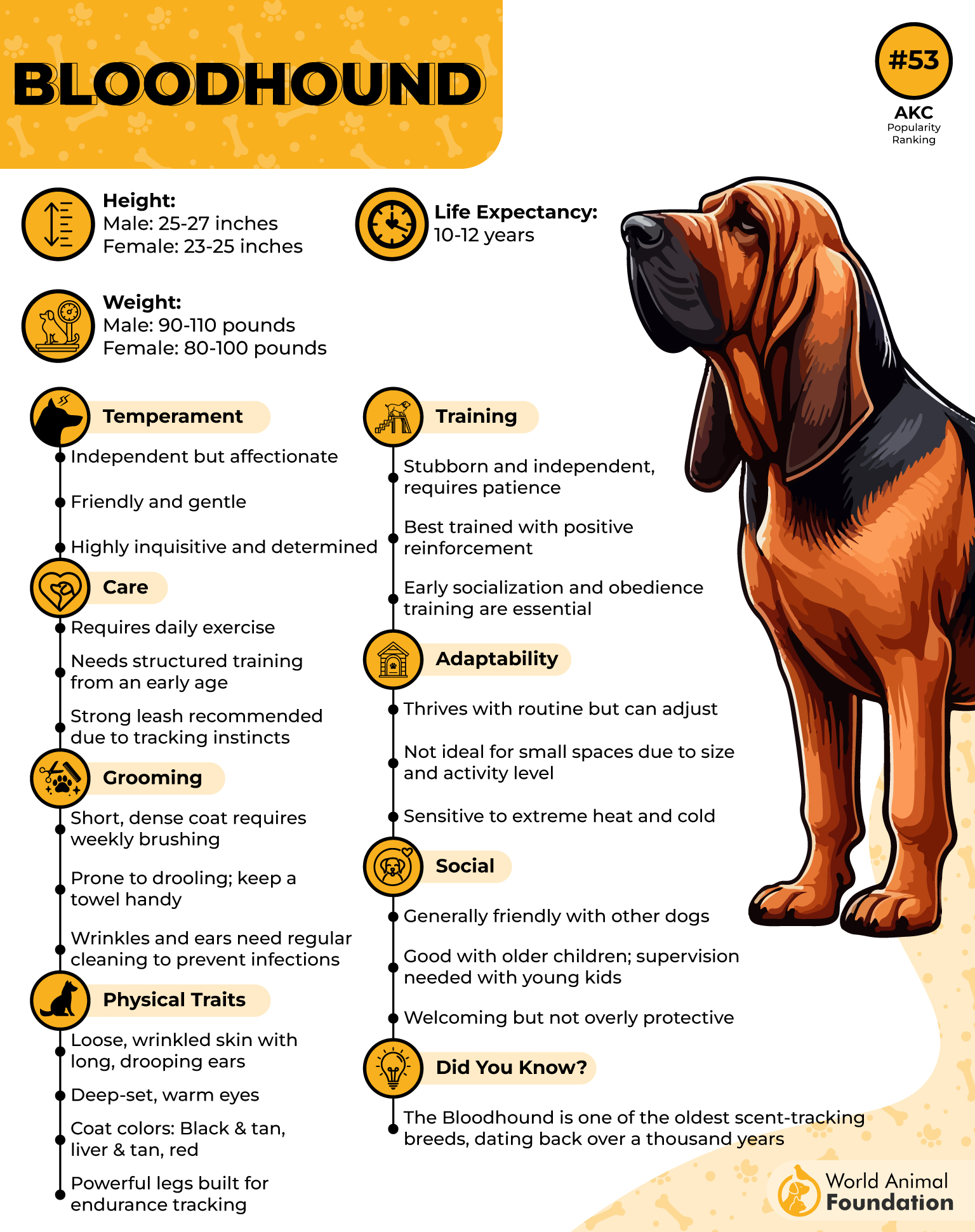
Triggers for howling vary, but a nearby siren or distant bark can easily set them off. Additionally, separation anxiety can cause this domestic dog to howl persistently, signaling distress. Their sensitive nature makes them prone to emotional vocalization.
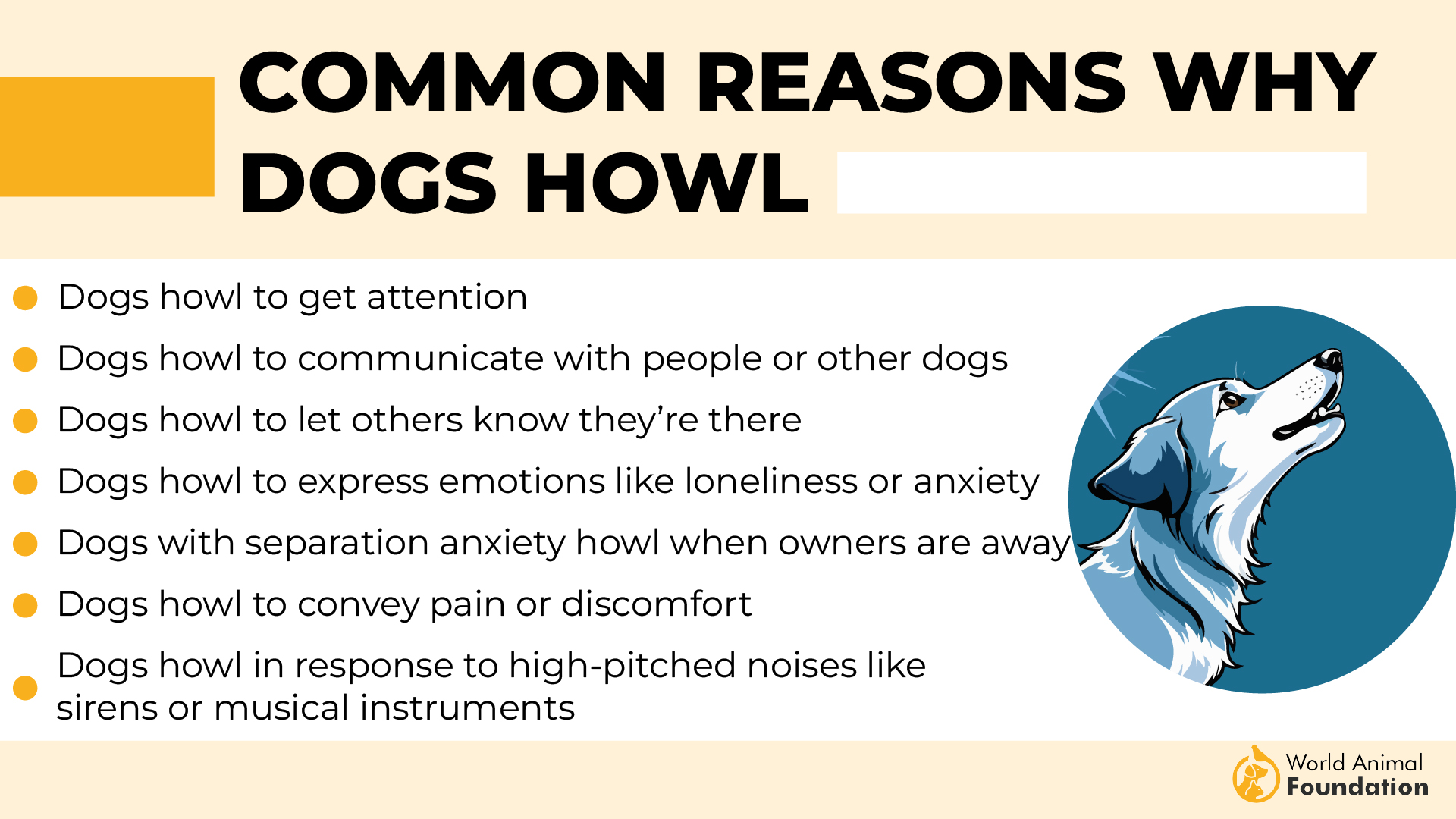
As per WebMD, training a Bloodhound to stop howling requires patience. Positive reinforcement, treats, and structured socialization can help. However, ignoring unwanted howling while rewarding quiet moments works best to modify this behavior.
Did you know Bloodhounds can bay at a frequency that travels exceptionally far? This breed’s howl is designed to cut through thick forests, ensuring their pack finds them. Their deep howls are a signature trait, impossible to mistake!
2. Beagle

Beagles may be small, but their howls are anything but quiet! Originally bred for hunting, this breed’s signature baying is part of their natural instinct. Their wolf ancestry means they rely on vocalization to track and alert.
Ever heard a Beagle “sing” in response to a sound? Their unique howl helps communicate with owners, letting them know something’s happening. Whether it’s excitement, a warning, or boredom, these little howlers always have something to say.
A Beagle’s howling dog tendencies can be triggered by other animals, loud noises, or the simple joy of a good chase. They often howl when left alone, making them prone to separation anxiety. They also howl to express emotions.
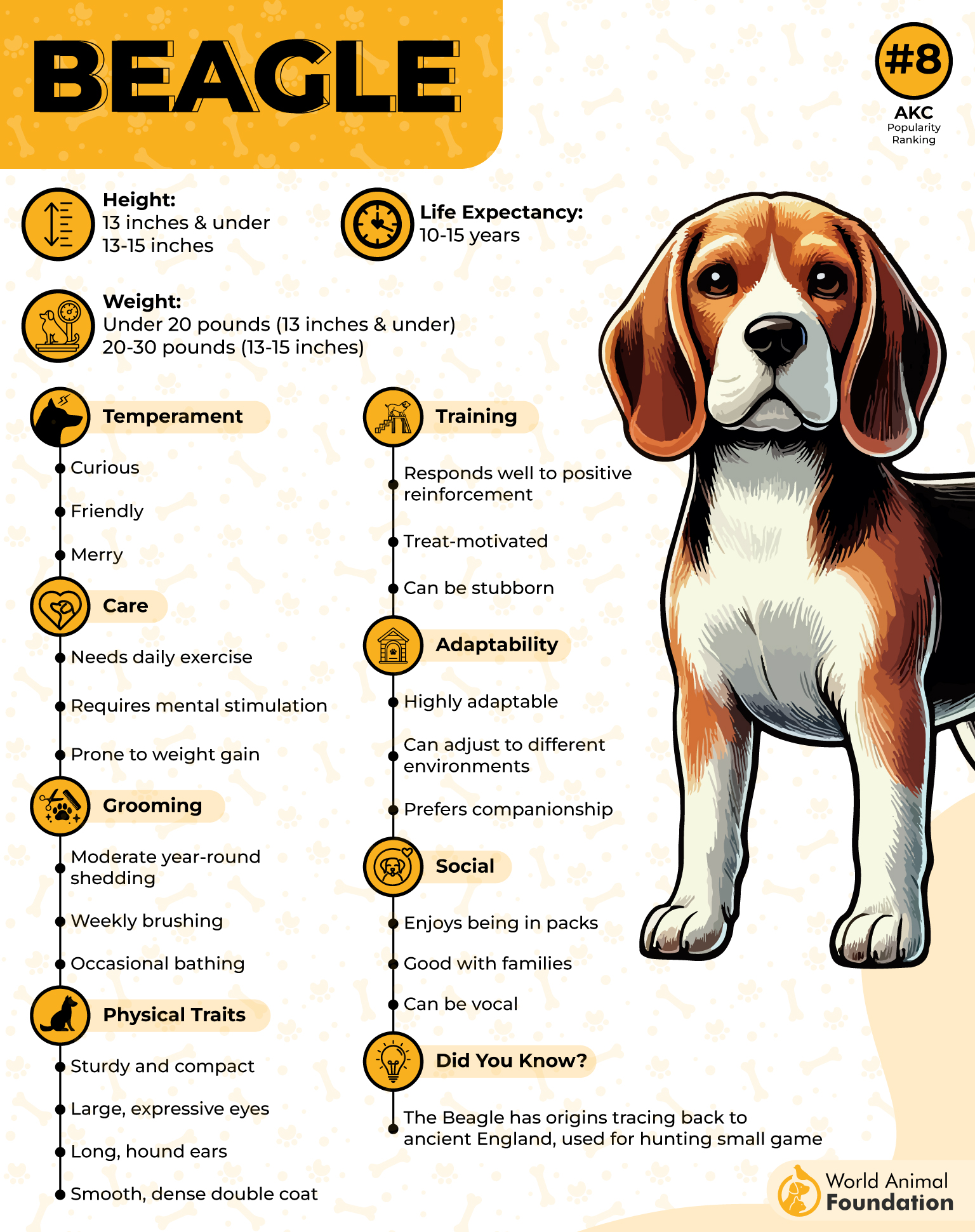
To manage their howling, consistent training is necessary. Teaching a Beagle to bark on command can help control when they vocalize. Providing engaging toys and mental stimulation reduces excessive noise.
Can you imagine? Beagles can mimic human speech tones. Some Beagle owners swear their pups “talk” back to them, making them one of the most expressive dog breeds. Their howls are packed with personality!
3. Siberian Husky

Siberian Huskies don’t just howl—they perform full-blown symphonies! With their wolf ancestry, these dogs howl instead of barking. Bred to work in packs, their vocalizations help them maintain strong communication over long distances.
Why do Huskies howl at the strangest times? Unlike other dogs, they howl to talk with their owners and pack. They also respond to sounds like a nearby siren, music, or even other Huskies, creating a chorus of howls.
Huskies are famous for howling out of frustration, excitement, or simply to express their emotions. Additionally, they might howl when feeling lonely or anxious, especially if left alone for too long without interaction.
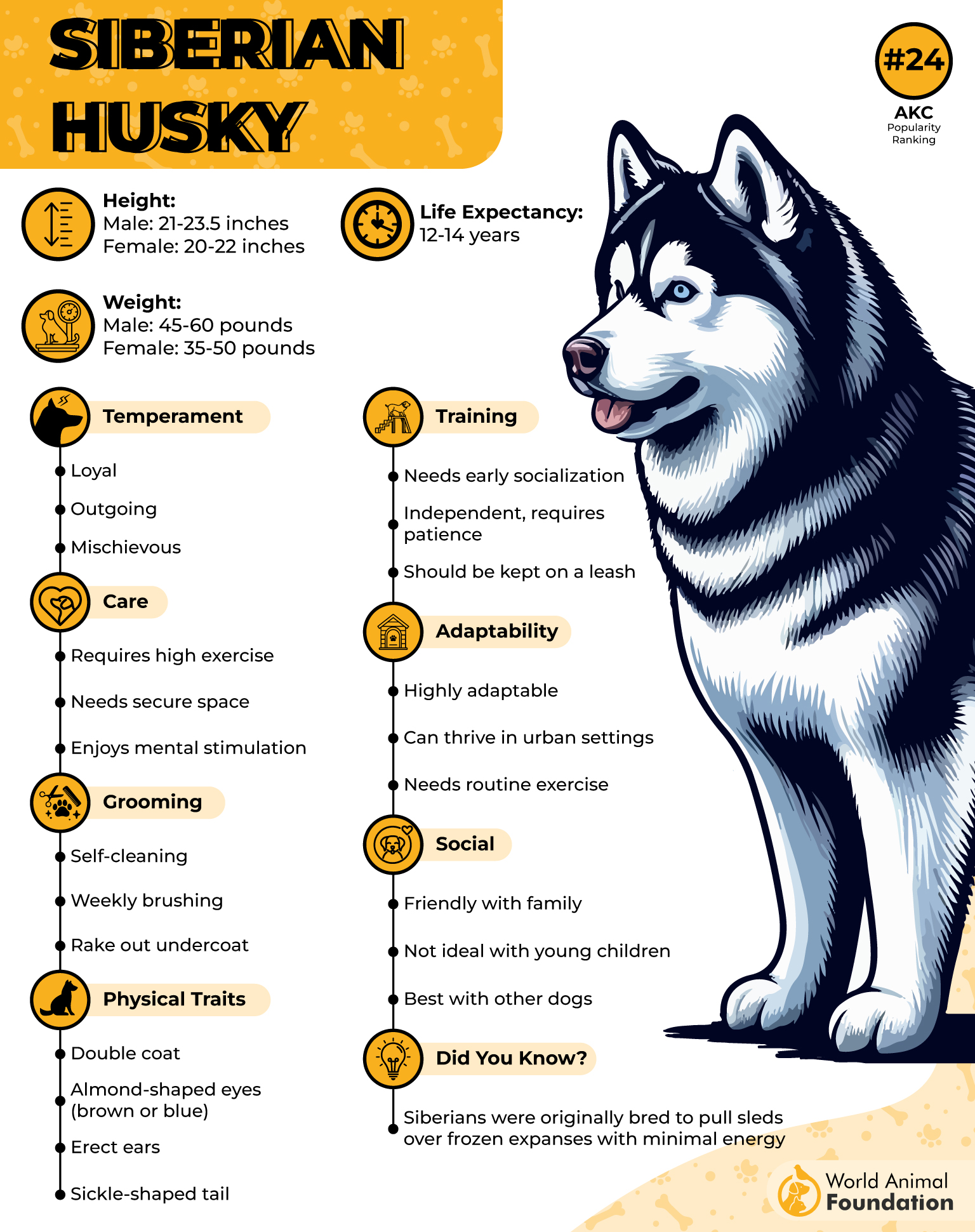
Reducing a Husky’s howling requires patience. Regular exercise, mental stimulation, and positive reinforcement help keep their noise levels in check. However, completely stopping their howling may be impossible.
Ever heard some Huskies “speak” instead of howling? Many develop their own vocal tricks, mimicking human-like sounds. From saying “hello” to singing along with music, their howls are full of surprises!
4. Miniature Schnauzer

Miniature Schnauzers may not look like classic howlers, but don’t be fooled! These small but mighty dogs have a strong instinct to vocalize. Bred as alert watchdogs, they often howl to warn of strangers or unfamiliar noises.
Why do Miniature Schnauzers howl when excited? Their vocal nature makes them highly expressive, using howls to communicate with humans. They may also howl when responding to certain sounds or as an attention-seeking behavior.
According to Petplan, Schnauzers might howl if left alone for too long, reacting to stress or boredom. Additionally, they often respond to high-pitched noises like musical instruments or even a dog on TV. Their expressive nature makes them unpredictable howlers.
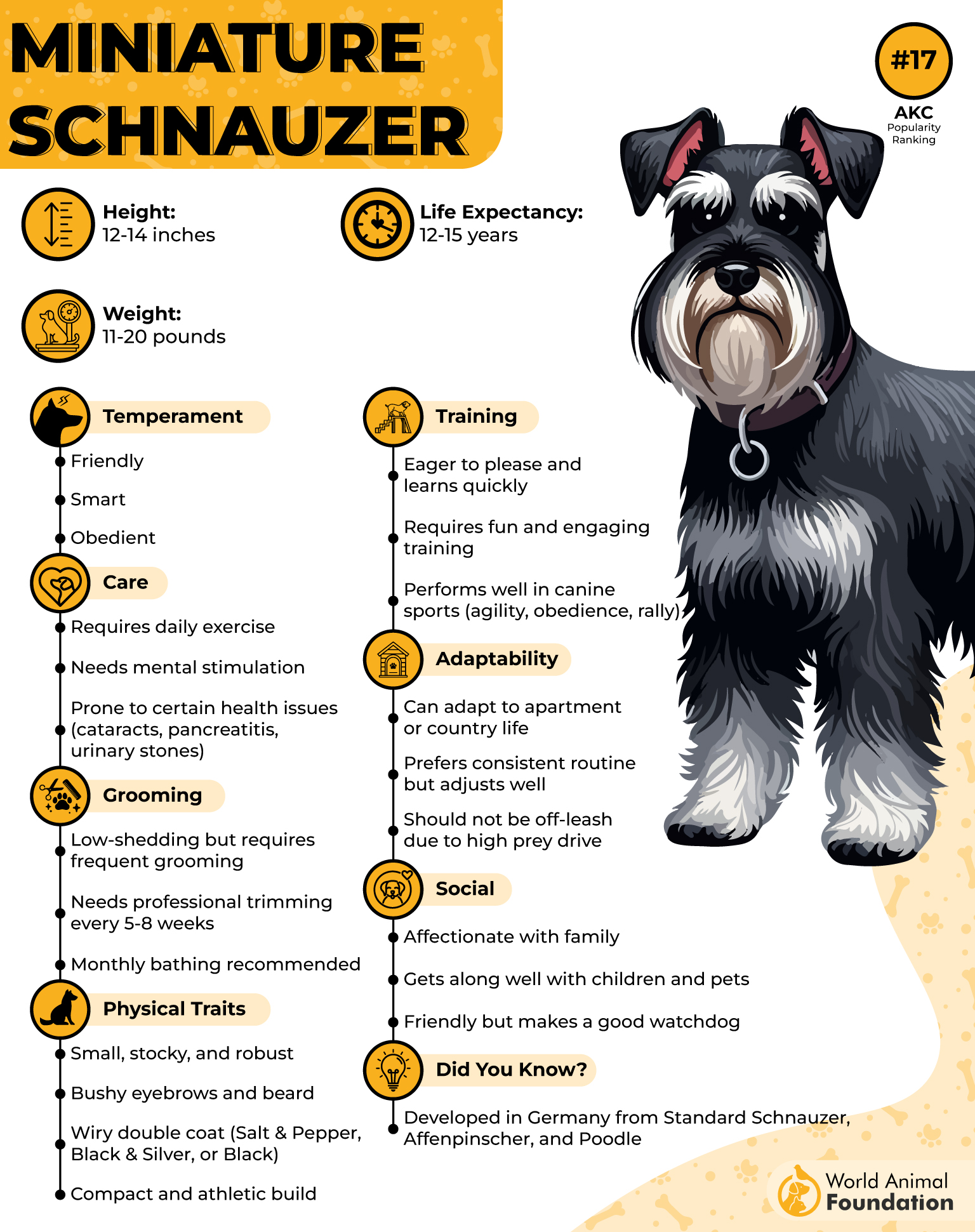
Training helps reduce unwanted howling. Rewarding calm behavior and using consistent commands can teach them how to howl only when necessary. Keeping them mentally engaged also prevents excessive vocalization.
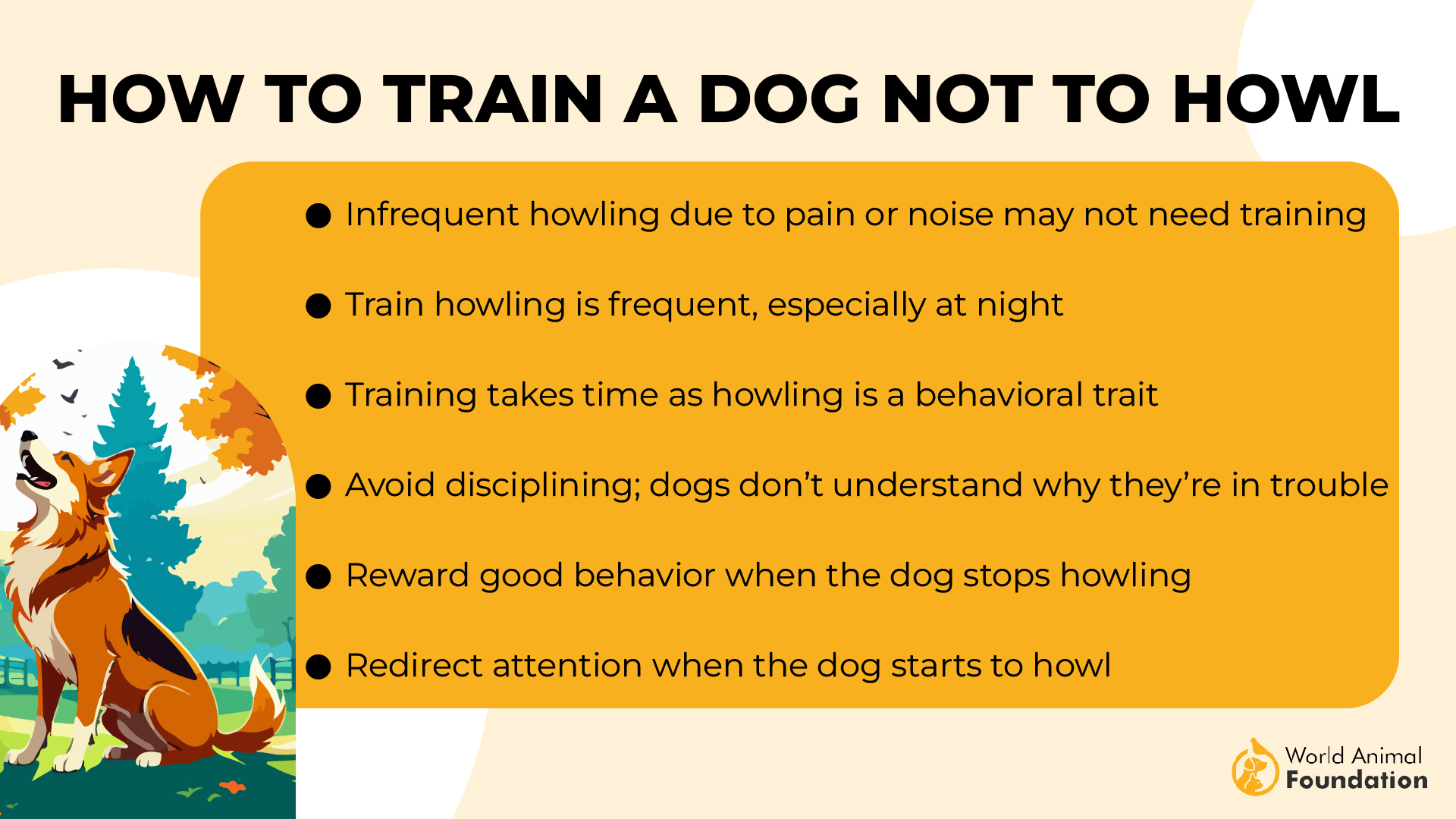
Did you know Schnauzers sometimes howl with a unique “talking” sound? Unlike a deep bay, their howls mix with playful growls, almost like they’re trying to hold a conversation. They certainly have a lot to say!
5. Cairn Terrier

Cairn Terriers may be small, but their howls carry a lot of personality! Originally bred to hunt in rocky terrains, their loud vocalizations helped them communicate while tracking prey. Their strong instincts make them natural howlers.
What makes Cairn Terriers howl at random times? These little dogs use howling as a way to respond to their owners or alert them of activity nearby. Whether it’s excitement, curiosity, or warning, their voices are always active.
A Cairn Terrier’s howl can be triggered by sounds like sirens, music, or other animals. Separation anxiety can also make them howl, especially if left alone for too long without proper stimulation.
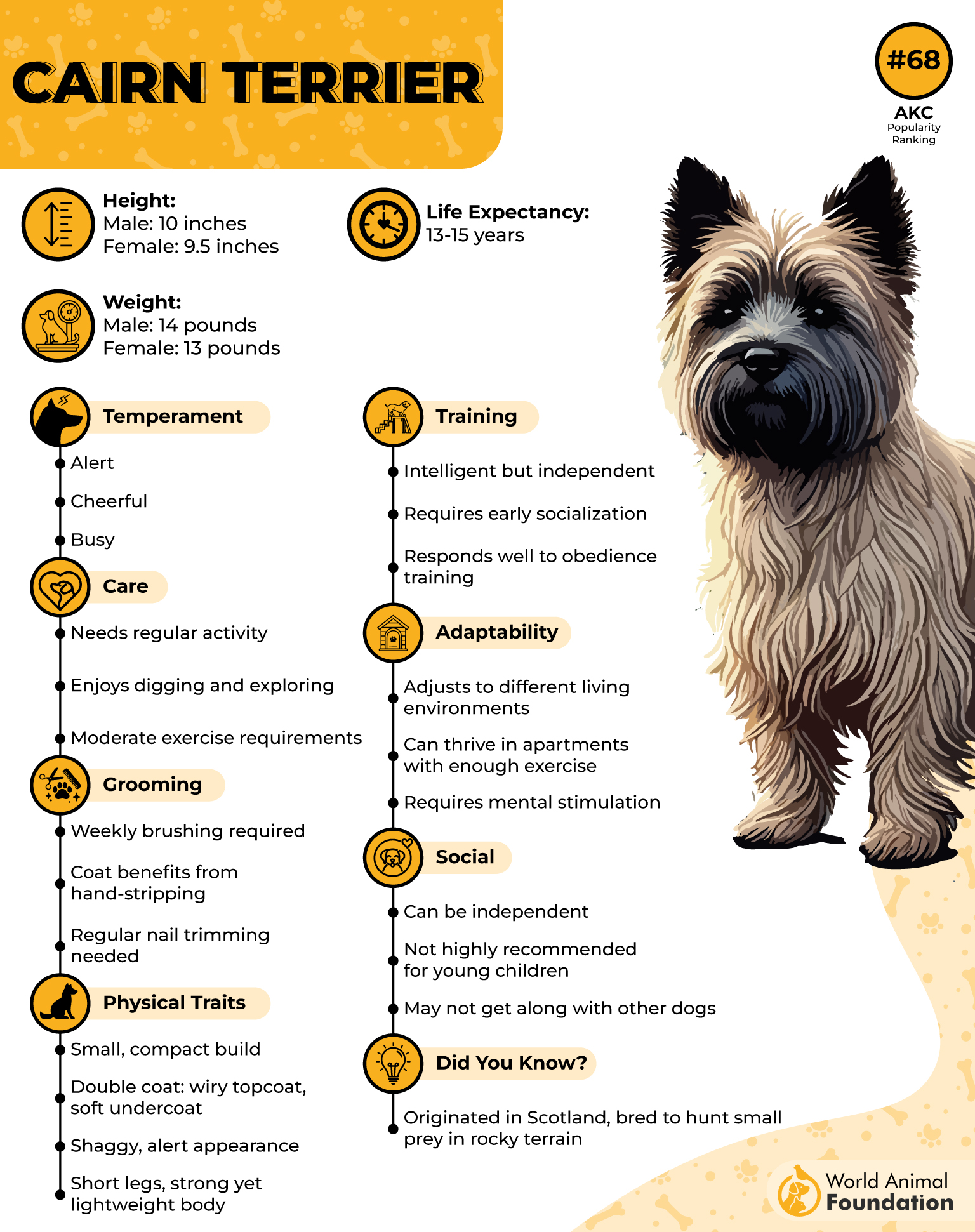
To train them, redirecting their energy is key. Encouraging quiet behavior while rewarding calm moments helps. Keeping them entertained with interactive toys also prevents unnecessary howling.
Did you know Cairn Terriers sometimes howl in their sleep? Many owners report their pups “talking” in their dreams, letting out small, sleepy howls. It’s a mystery what they dream about!
6. Bluetick Coonhound

Bluetick Coonhounds are born howlers, using their signature bay to track prey across long distances. As a hunting breed, their howling serves a purpose—it alerts owners to their location and signals a successful hunt.
Ever heard a Bluetick howl in the middle of the night? These dogs howl as a natural way to communicate. Their deep, drawn-out vocalizations help them maintain contact with other dogs and alert their owners of potential threats.
A Bluetick might howl if they hear a distant siren, smell something interesting, or feel restless. Additionally, they tend to howl when left alone, showing signs of separation anxiety if not properly trained.
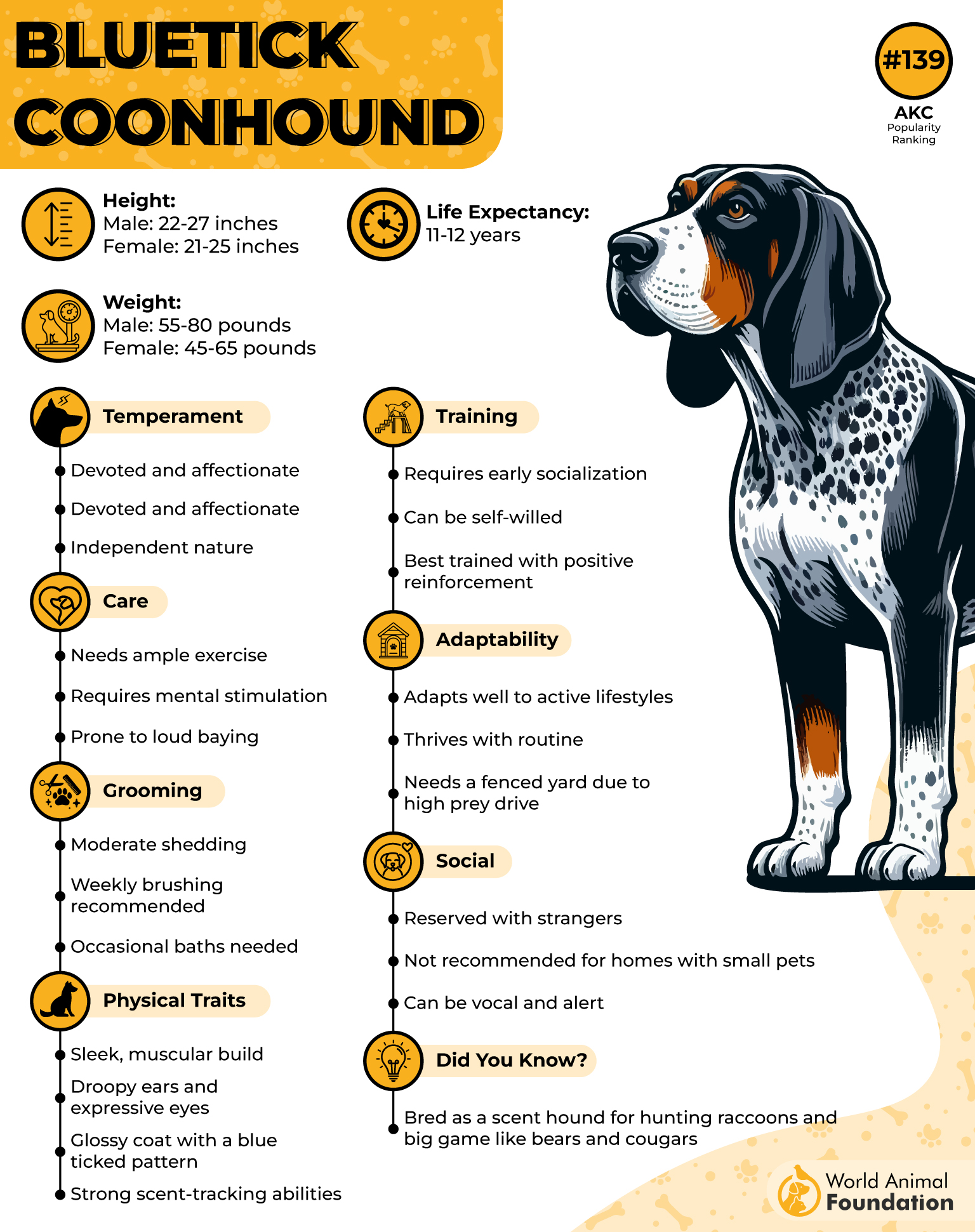
Training can help control their howling habits. Providing enough exercise and mental stimulation reduces unnecessary vocalization. Additionally, using positive reinforcement to reward quiet behavior helps keep the noise level manageable.
Did you know Bluetick Coonhounds have a howl that can be heard for miles? Their distinctive baying sound is designed to carry through dense forests, ensuring their pack can always find them!
7. Norwegian Elkhound

Norwegian Elkhounds have a howl that echoes through history! Bred as fearless hunters of moose and elk, their howling serves as a way to signal their location and call for backup. Their wolf ancestry makes them naturally vocal.
Why do Norwegian Elkhounds howl when excited? Unlike some breeds that bark, Elkhounds use howling as their main way to express emotions. They often howl to communicate with their owners or respond to sounds like other dogs.
A Norwegian Elkhound might howl if they feel lonely or sense something unusual. Additionally, they are highly alert dogs, meaning any unfamiliar noise can set off a long, drawn-out howl to warn their owners.
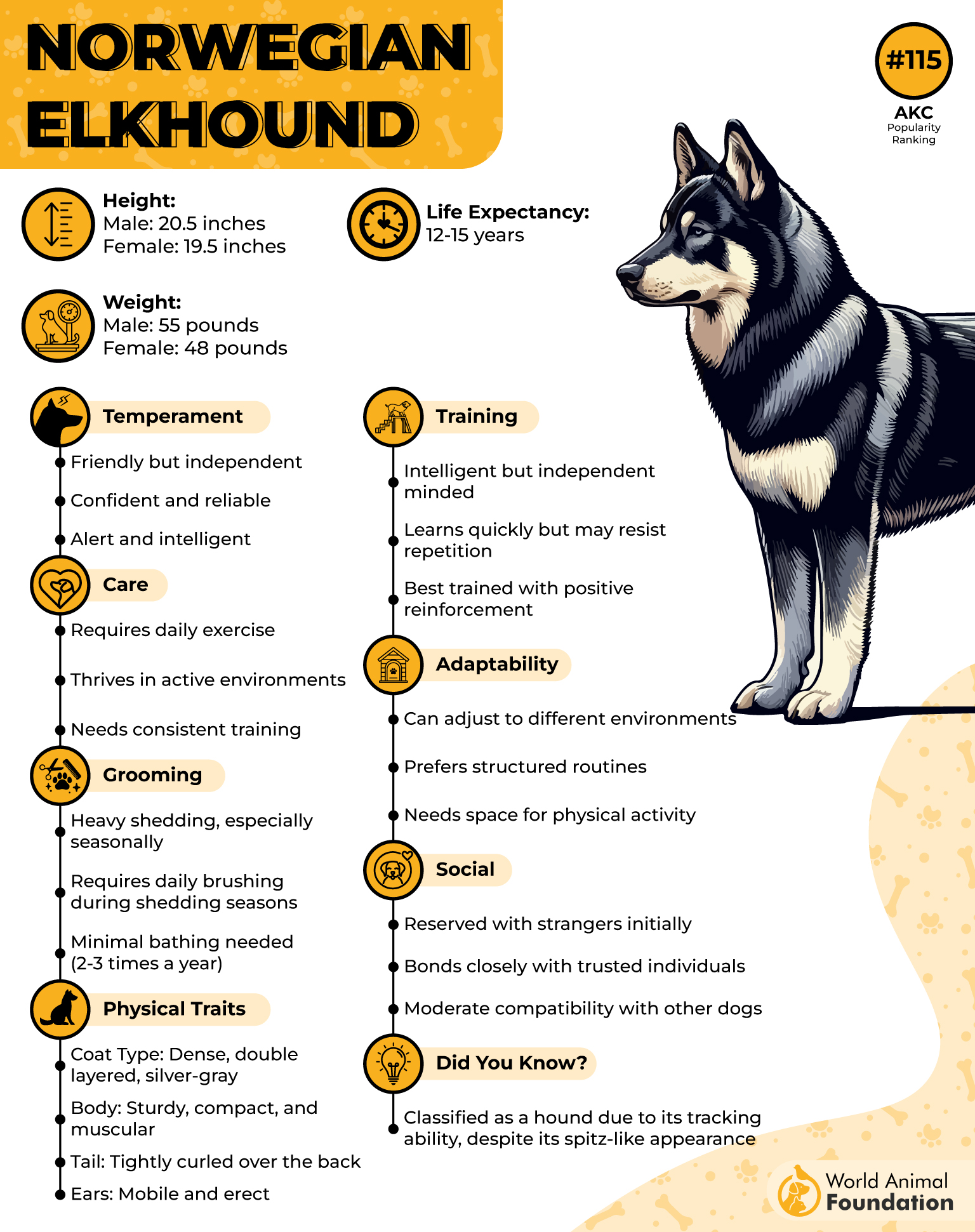
Controlling an Elkhound’s howling requires consistent training. Teaching them commands like “quiet” and providing engaging activities helps reduce unnecessary noise. Additionally, ensuring they have enough social interaction prevents boredom-related howling.
Did you know Elkhounds have a howl that sounds almost melodic? Some owners say their dogs “sing” rather than howl, producing unique vocal patterns that change with their mood!
8. American Foxhound

American Foxhounds are expert trackers, and their howling is just as impressive as their hunting skills. Originally bred for endurance hunts, their powerful howls help alert hunters and communicate across large distances.
Why does an American Foxhound howl instead of bark? Their vocal nature is a product of selective breeding, making them highly expressive. Their howls are often a response to movement, noise, or even excitement.
Foxhounds are known to howl when they catch a scent, hear another dog, or feel left out. Additionally, their strong pack instincts make them more likely to vocalize when separated from their owners or fellow dogs.
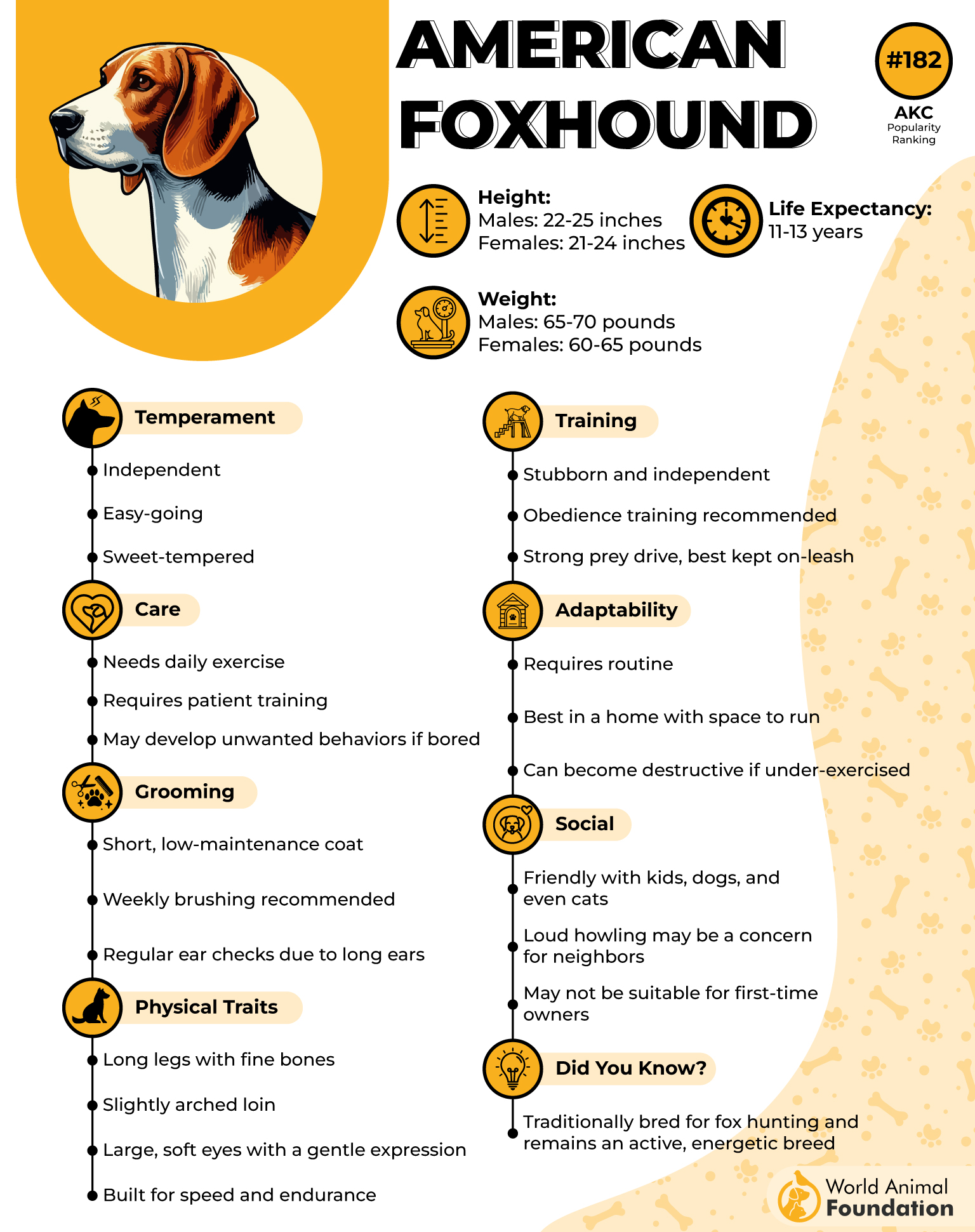
To manage their howling, regular training is essential. Teaching them when it’s appropriate to howl, along with providing plenty of exercise, can keep their vocal tendencies under control. A tired Foxhound is a quieter Foxhound!
Ever noticed? Foxhounds have a howl that can last for several seconds. Some owners say their dogs “hold a note” as if they’re performing a musical number, adding a theatrical touch to their vocalizations!
9. Samoyed

Samoyeds may be known for their fluffy coats and friendly smiles, but their howling is equally memorable. As an ancient breed used for sledding and herding, their howls once played a role in coordinating pack movements.
Ever wondered why Samoyeds howl at random moments? These social animals use howling to express emotions, respond to their owners, or simply communicate with their environment. Their vocal nature makes them highly expressive dogs.
Triggers for a Samoyed’s howl can include sirens, music, or separation anxiety. Additionally, their high-energy personality means they may howl just for fun, enjoying the sound of their own voice.
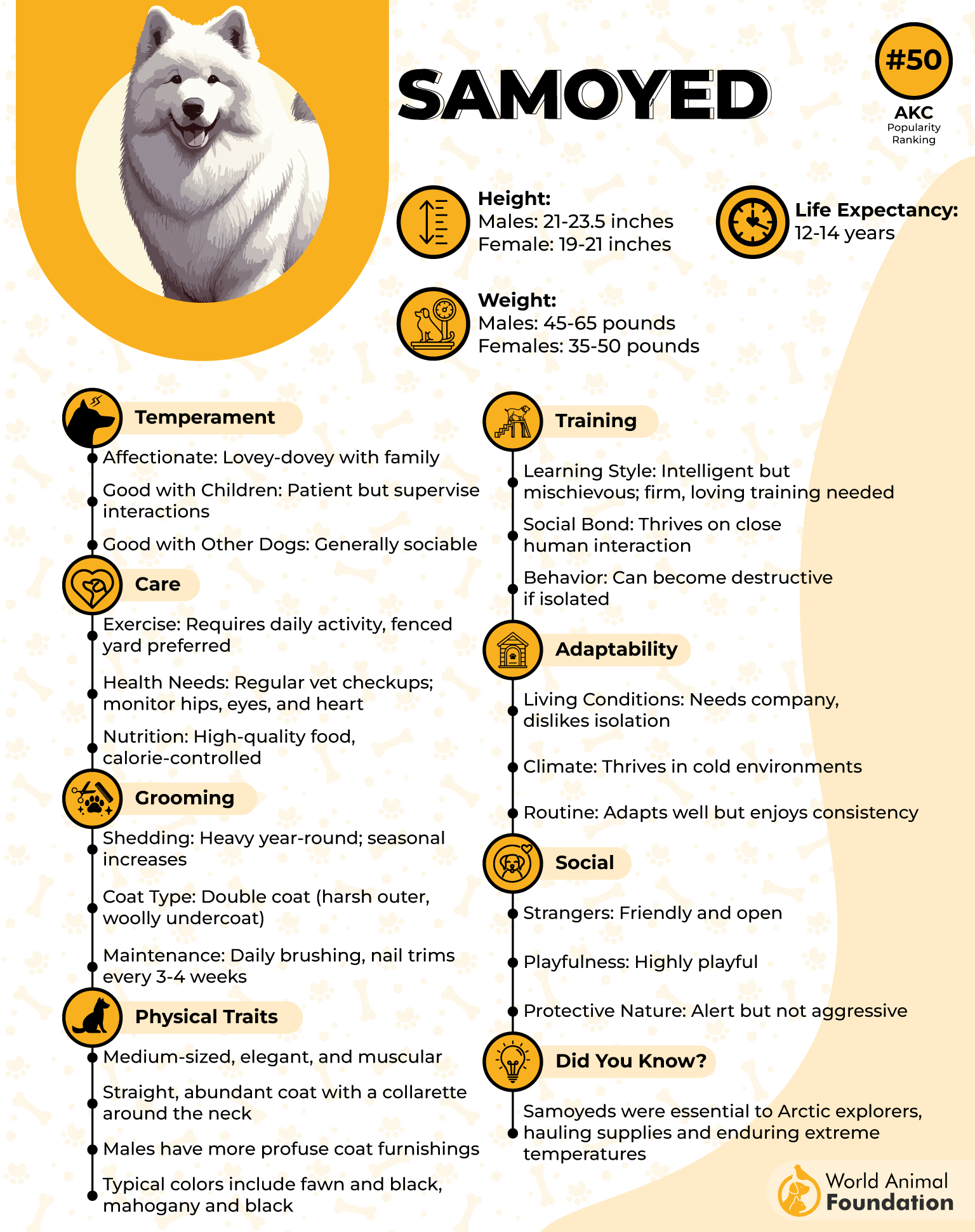
To keep their howling in check, engaging activities and training are crucial. Encouraging quiet behavior while providing positive outlets for their energy helps prevent excessive vocalization. Social interaction is also key.
Did you know Samoyeds sometimes howl while playing? Their playful nature often turns howling into a game, with many owners reporting their dogs initiating “conversations” using different vocal tones!
10. English Foxhound

English Foxhounds have a howl that carries through the countryside! Originally bred for pack hunting, their vocal skills were essential for keeping track of fellow hunters and signaling the chase.
Why do English Foxhounds howl instead of barking? PetMD says their strong pack mentality means they use howling to communicate with both humans and other dogs. Their distinctive call helps them stay connected even across vast areas.
A Foxhound might howl when they sense movement, hear another dog, or simply feel the need to vocalize. Additionally, boredom can lead to howling, especially if they lack enough physical and mental stimulation.
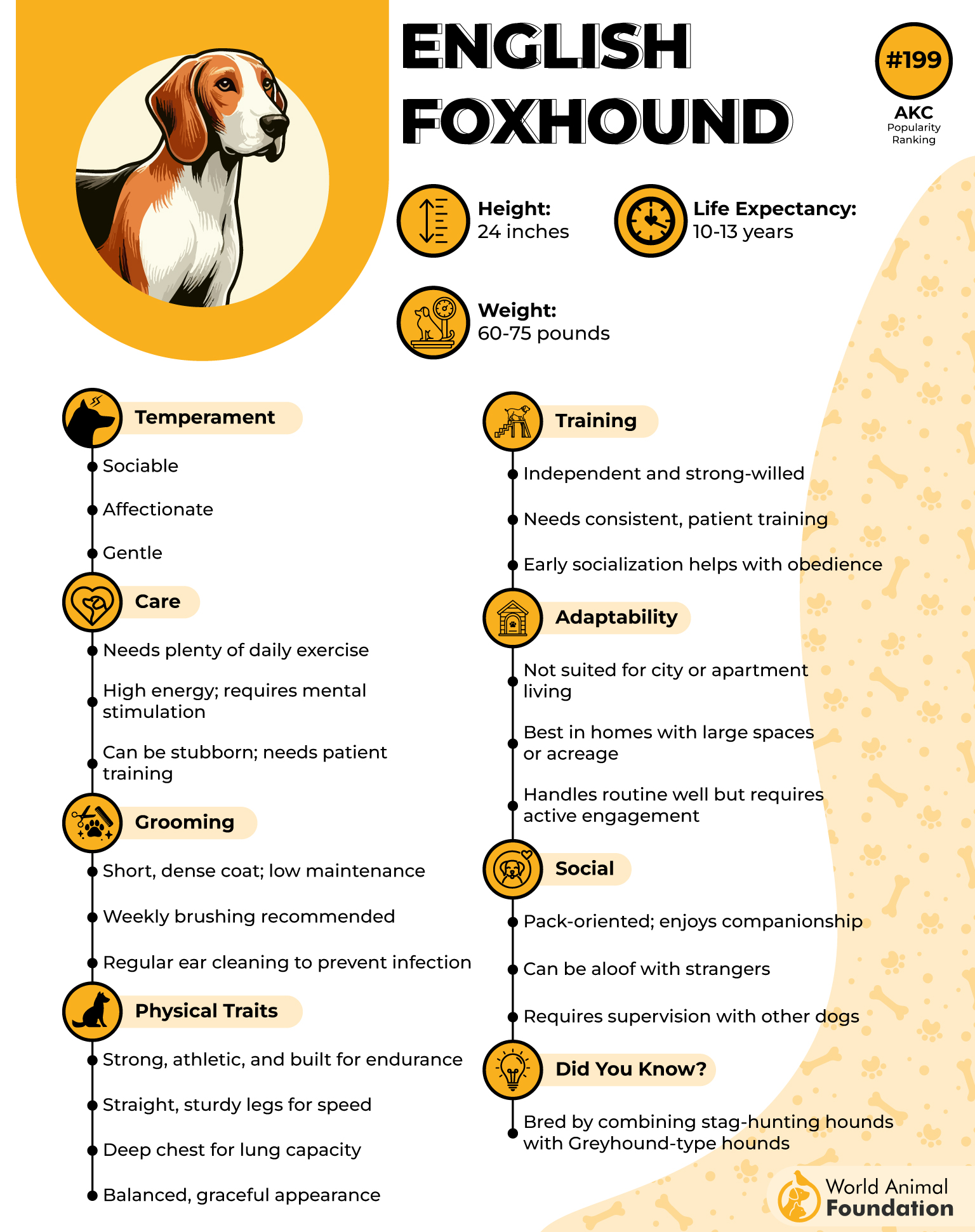
Training can help keep their howling under control. Regular exercise, structured routines, and positive reinforcement techniques can teach them when and where howling is appropriate. Engaging their tracking instincts also keeps them occupied.
Can you imagine? English Foxhounds can recognize each other’s howls. Their unique vocal patterns allow them to identify fellow pack members, making them highly efficient hunters with a built-in communication system!
Conclusion
Some dogs bark, some whine, but a howling dog? That’s a whole new level of drama! Whether it’s the deep bay of a Bloodhound or the wolf-like song of a Siberian Husky, these vocal breeds remind us how closely they’re connected to their wolf ancestry. Their howls are more than just noise—they’re filled with emotion, purpose, and a touch of mischief!
A dog might howl for many reasons—calling their pack, expressing excitement, or just responding to a wild siren in the distance. Some, like the Alaskan Malamutes, do it naturally, while others howl only when the desire strikes. Regardless of the different reasons, one thing’s for sure: a howling pup is never boring!
If your house echoes with canine concerts, cherish it—these dogs have a voice, and they love using it! And if your pup is more of a barker, well, maybe they’re just saving their big moment for the right time!


